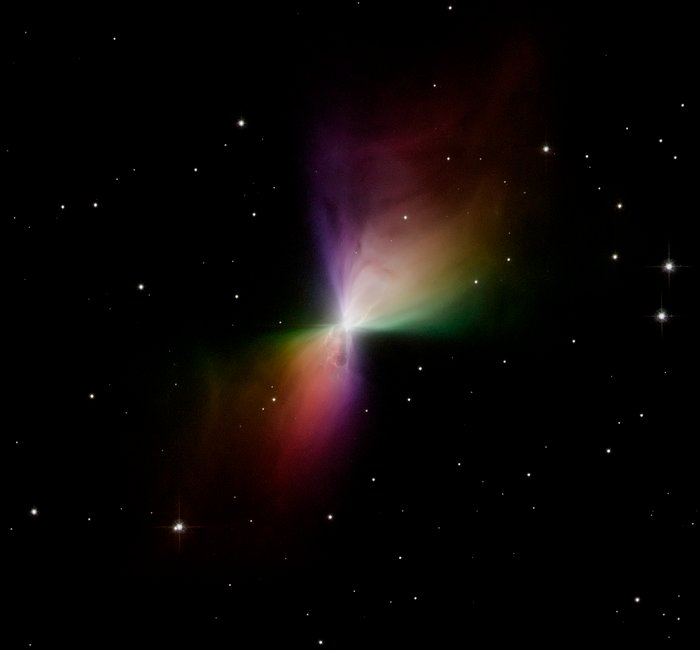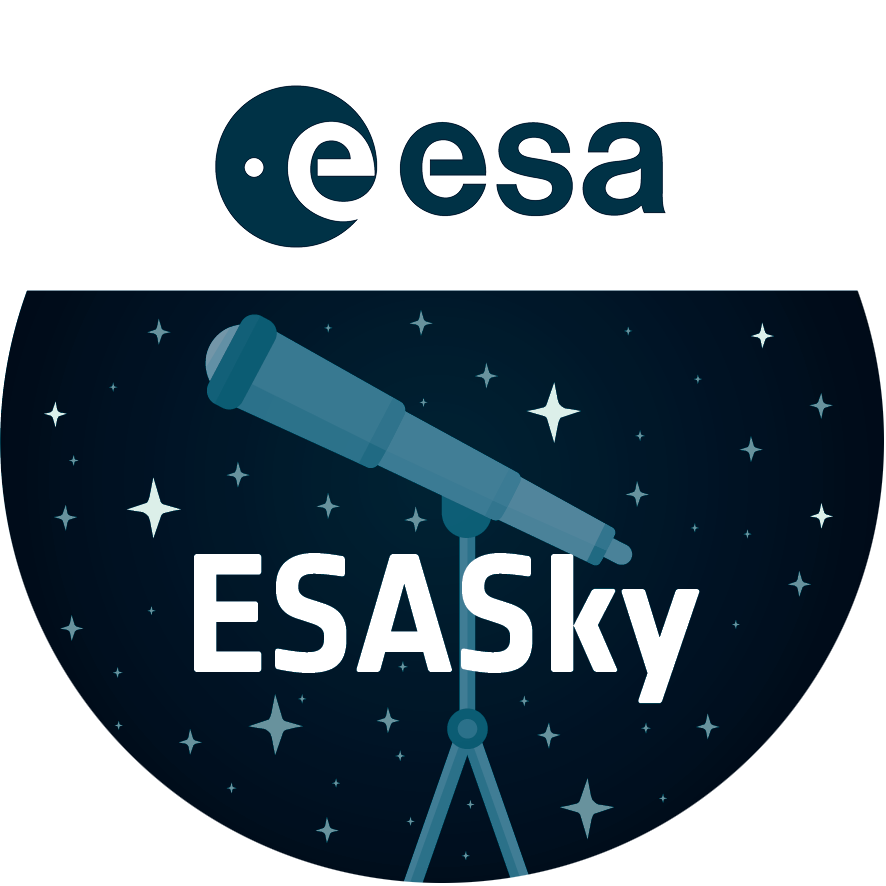Hubble catches scattered light from the Boomerang Nebula
The NASA/ESA Hubble Space Telescope caught the Boomerang Nebula in images taken with the Advanced Camera for Surveys in early 2005. This reflecting cloud of dust and gas has two nearly symmetric lobes of matter that are being ejected from a central star. Each lobe of the nebula is nearly one light-year in length, making the total length of the nebula half as long as the distance from our Sun to our nearest neighbors - the alpha Centauri stellar system, located roughly 4 light-years away. The Boomerang Nebula resides 5,000 light-years from Earth. Hubble's sharp view is able to resolve patterns and ripples in the nebula very close to the central star that are not visible from the ground.
Credit:About the Image
NASA press release
| Id: | opo0525a |
|---|---|
| Type: | Observation |
| Release date: | 13 September 2005, 15:00 |
| Size: | 1456 x 1351 px |
About the Object
| Name: | Boomerang Nebula |
|---|---|
| Type: | Milky Way : Nebula : Type : Planetary |
| Distance: | 2500 light years |
| Constellation: | Centaurus |
| Category: | Nebulae |
Wallpapers
Coordinates
| Position (RA): | 12 44 46.09 |
|---|---|
| Position (Dec): | -54° 31' 13.36" |
| Field of view: | 1.21 x 1.13 arcminutes |
| Orientation: | North is 153.7° left of vertical |
Colours & filters
| Band | Wavelength | Telescope |
|---|---|---|
| Optical V | 606 nm |
Hubble Space Telescope
ACS |
Notes: Colour = Polarisation


